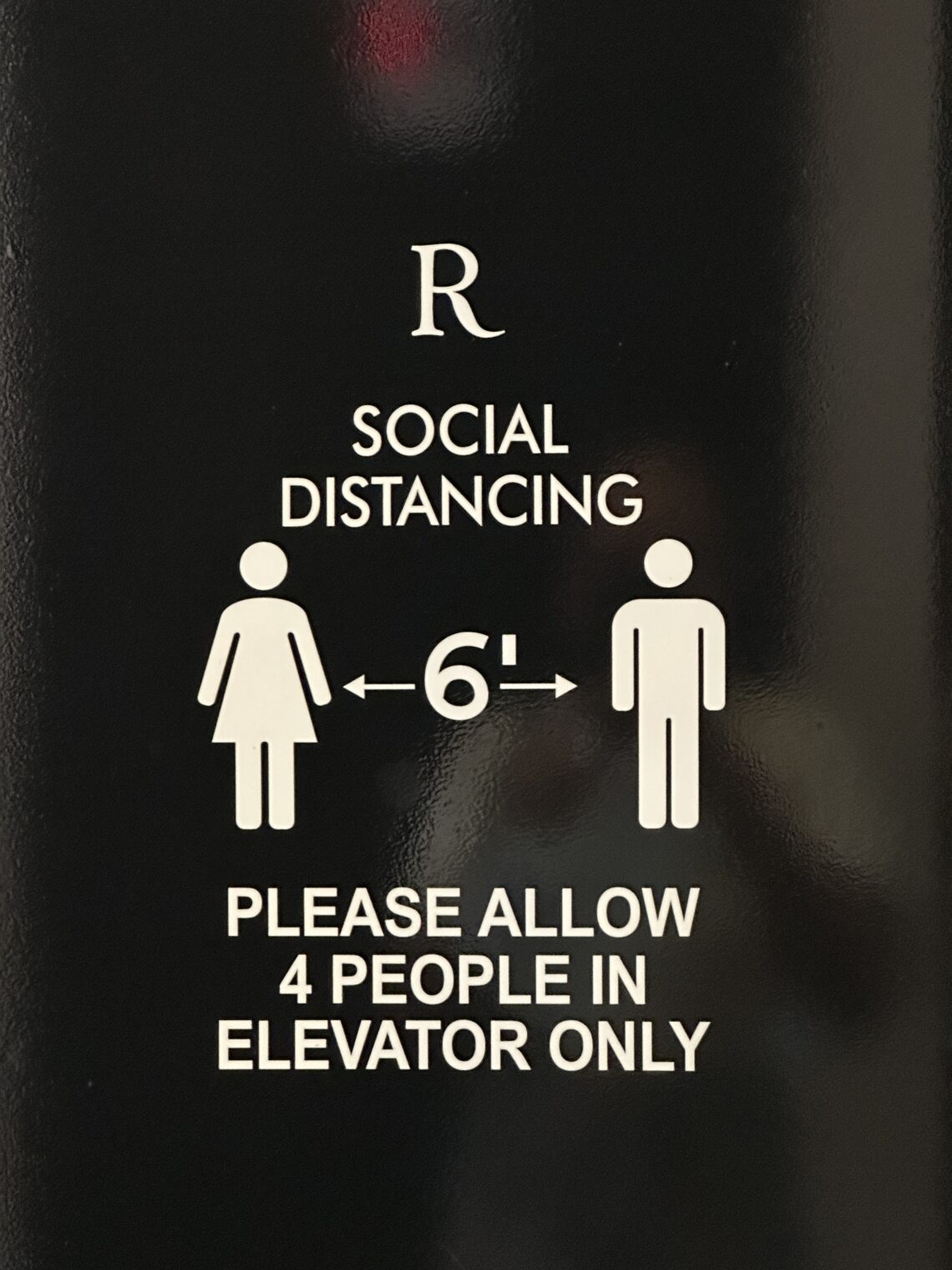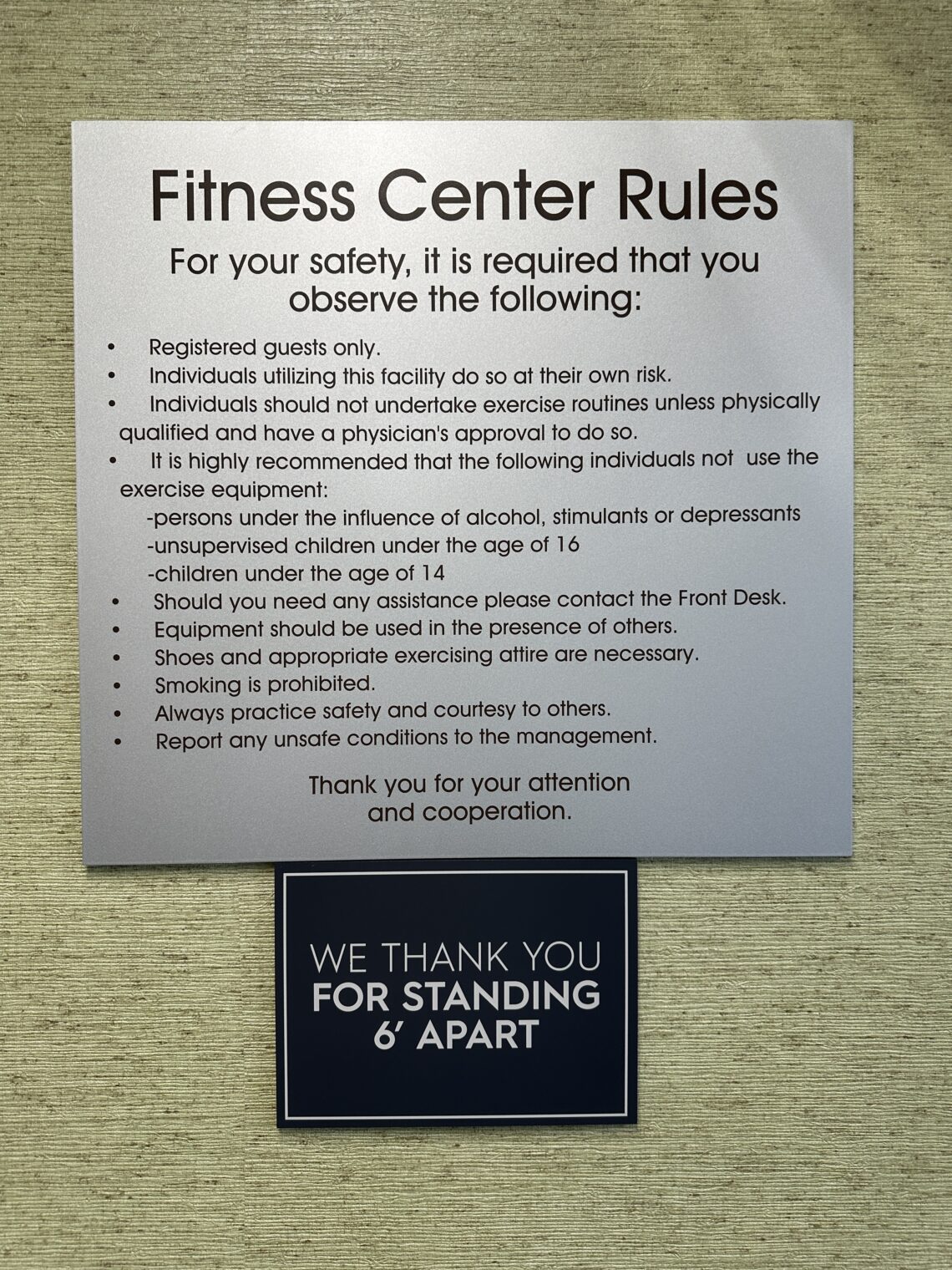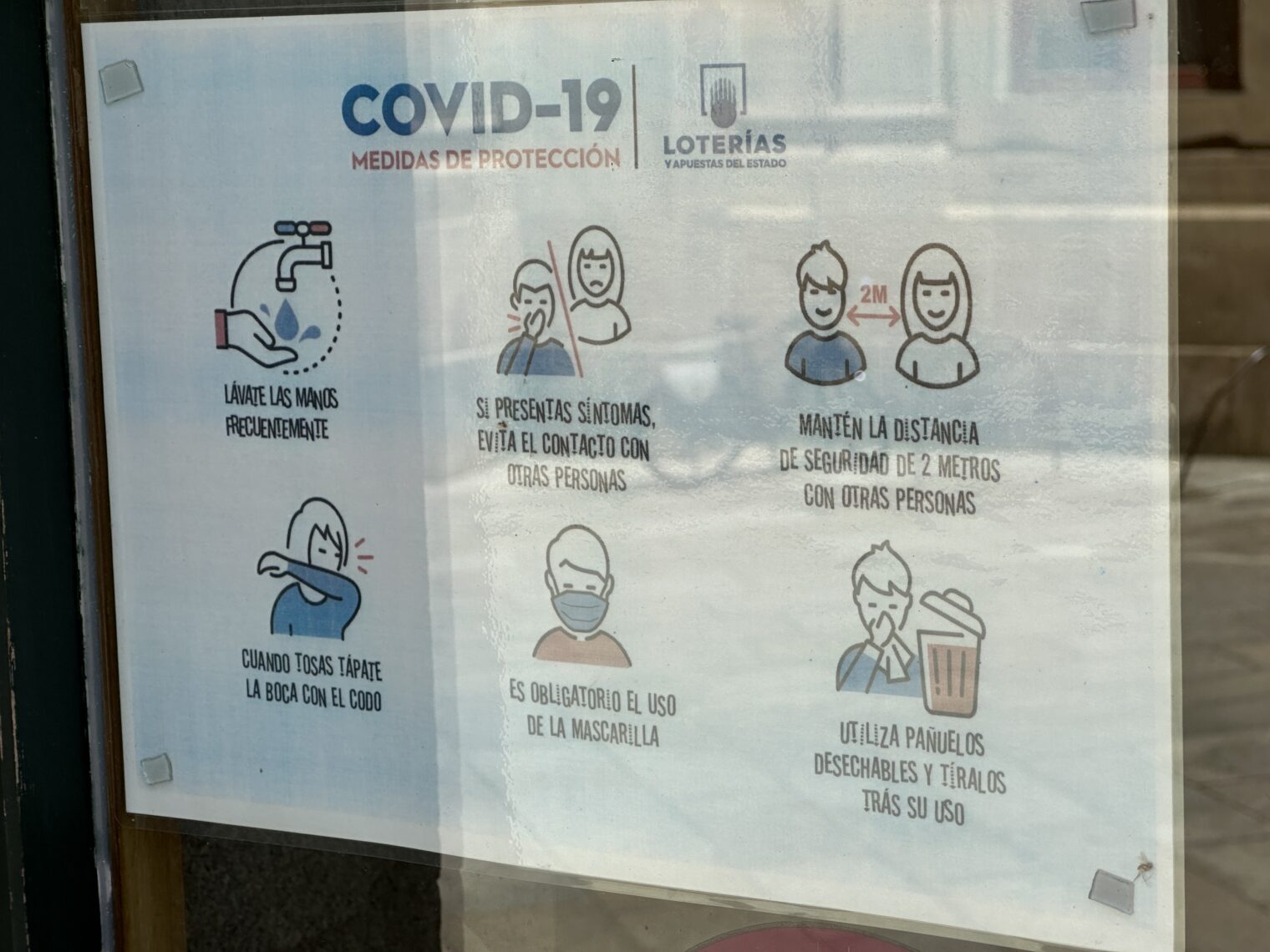Why do the non-Deplorables deplore the Trump shooting?
I’m in a chat group with a few Deplorables, a couple of whom are gun nuts. I’ve been trying to get some of my software expert witness work done before EAA AirVenture (“Oshkosh”) and thus was in the middle of a real-time work session when the Trump shooting occurred. I ]wasn’t paying close attention to the chat group, for which I get alerts, or the news, for which I don’t get alerts. During a short break in the work, during which I scanned the gun nuts’ exchange, I responded with the following:
I haven’t checked the news, but let me guess: all of the people who said that Donald Trump would end our democracy (i.e., destroy the U.S. as we know it), kill Americans who identify as “pregnant people” by denying them abortion care, kill Americans by refusing to order masks, school closures, and lockdowns next time a respiratory virus comes through, etc. are now saying that it is reprehensible that someone would try to preserve American democracy and American lives by killing the one big threat to both.
As soon as work was done, I checked Twitter. I refreshed my memory by sampling some Democrat thought-leadership… According to “the big guy”, we could “lose everything”, including our democracy, if anyone votes for Donald Trump:
Joe Biden hadn’t changed his mind (such as it is) as of last month:
Also, from June 28 (screen shot in case this gets memory-holed):
How does Joe Biden feel about the failure of the rifleman to neutralize the dire/genuine threat to our democracy that he identified and, therefore, the continued realistic possibility that we will soon “lose everything”? Joe Biden is “grateful” and “praying for [Donald Trump]” (i.e., praying that Americans continue to be threatened):
Let’s check the New York Times. “Is Donald Trump a Threat to Democracy?” (NYT, December 16, 2016) answers the question in the affirmative. Here’s the worst part:
There are signs that Mr. Trump seeks to diminish the news media’s traditional role by using Twitter, video messages and public rallies to circumvent the White House press corps and communicate directly with voters…
Also, Trump would seek to imprison the political opposition:
An even more basic norm under threat today is the idea of legitimate opposition. … Governments throughout history have used the claim that their opponents are disloyal or criminal or a threat to the nation’s way of life to justify acts of authoritarianism.
The idea of legitimate opposition has been entrenched in the United States since the early 19th century, disrupted only by the Civil War. That may now be changing, however, as right-wing extremists increasingly question the legitimacy of their liberal rivals. …
Such extremism, once confined to the political fringes, has now moved into the mainstream. … Mr. Trump’s campaign centered on the claim that Hillary Clinton was a criminal who should be in jail; and “Lock her up!” was chanted at the Republican National Convention. In other words, leading Republicans — including the president-elect — endorsed the view that the Democratic candidate was not a legitimate rival.
Did the newspaper of record’s opinion change over the intervening 8 years? No. Just two days ago, the NYT said that Trump was “Dangerous in Word, Deed, and Action”:
(How is this dark NYT image different from Catherine the Great wondering if there was any chance that her 34-year-old husband, Peter III, might develop a fatal health condition while in prison? Or Henry II’s “Will no one rid me of this turbulent priest?”)
The clear thinkers at the NYT have been warning us for at least 8 years about the dangers of Donald Trump being anywhere near the levers of power. What do they now say? “The Attack on Donald Trump Is Antithetical to America”:
It is a mercy that Donald Trump was not seriously injured by gunfire at an evening campaign rally … We hope that Mr. Trump recovers quickly and fully.
They want the person whom they said would end American democracy to “recover quickly and fully”? They don’t at least hope he’ll be incapacitated through November 5, 2024?
Given all of the above, I rate my prediction in the chat group exchange as TRUE.
Readers: Have you found any examples of a righteous person admitting that there is at least an apparent logical contradiction between his/her/zir/their previous vilification and expressed fear of Donald Trump and current expressed hope that Donald Trump be preserved from any future harm?
(Personally, I do hope that our fellow Palm Beach County taxpayer Donald Trump recovers completely. And I have to say that I’m impressed by his apparent sangfroid. How many among us can say that our courage has been tested with an actual shooting? But my well-wishing isn’t a logical contradiction because I did not previously express an opinion that Mr. Trump was dangerous, a threat, or likely to end American democracy. (I did say that I preferred both Nikki Haley and Ron DeSantis as candidates, but not that I expected or demanded everyone else in America to agree with me.))
Related:
- Mar-a-Lago and the Palm Event (from March 2024; “The most hated man in America appeared midway through the event to welcome the guests, praise the organization, praise the musical and theatrical talent, etc. Donald Trump was gracious and did not mention politics nor did he talk about himself. He had no teleprompter.”)
Update: Let’s also check out Kamala Harris. Last month, “[Donald Trump] is a threat to our democracy and our fundamental freedoms.”
Four days ago, “wants to turn our democracy into a dictatorship”:
This evening, “praying for Donald Trump” and “relieved” that the pathway to dictatorship for the U.S. is still available:
.. and the Washington Post:
But when people draw parallels between Donald Trump’s 2024 candidacy and Hitler’s progression from fringe figure to Great Dictator, we aren’t joking. Those of us who hope to preserve our democratic institutions need to underscore the resemblance before we enter the twilight of American democracy.
How about this evening?
Thankfully, Donald Trump is reported to be “fine” after an apparent attempt on his life
(They’re happy that the person they called Hitler With a Golf Cart Instead of a Volkswagen is hale and hearty.)
The New Republic should get an award for clarity. I’m going to leave this “Trump = Hitler” cover as a placeholder to see if the progressive magazine comes up with a paired “We’re sorry that the latter-day Claus von Stauffenberg did not kill Hitler” story:
We chose the cover image, based on a well-known 1932 Hitler campaign poster, for a precise reason: that anyone transported back to 1932 Germany could very, very easily have explained away Herr Hitler’s excesses and been persuaded that his critics were going overboard. After all, he spent 1932 campaigning, negotiating, doing interviews—being a mostly normal politician. But he and his people vowed all along that they would use the tools of democracy to destroy it, and it was only after he was given power that Germany saw his movement’s full face.
I will have a lot more respect for The New Republic if they say that they’re sad the modern Claus von Stauffenberg wasn’t more successful than the original Claus von Stauffenberg.
Monday update: It seems that The New Republic is slower than other progressive Democrat media outlets, but not more logically consistent. “Trump Assassination Horror: “America Is Not Ready For What Comes Next” (July 15, 2024):
After the despicable attempt to kill Trump, a reporter who writes regularly about political violence explains how deeply unprepared we are for the terrible escalation that may now be coming. … At the time of this recording, we know little about the attempt to assassinate Donald Trump. He was hit in the ear, but thankfully doesn’t appear seriously injured.
It’s “despicable” to kill a person whom they said was a defrosted Hitler and they are thankful that Hitler wasn’t seriously injured. I sampled the podcast and the main issue, it seems, is violence perpetrated by Republicans. So just maybe the magazine’s position can be considered consistent with the Hitler cover. They’re thankful that Trump wasn’t more seriously injured because a serious injury would be more likely to result in violence against noble Democrats, not because they they want Trump to be alive and well. And the shooter was “despicable” because his action could have resulted in violence against noble/precious Democrats.
I’m not a Tucker Carlson fan, but I discovered “Tucker Carlson stokes conspiracies, claims U.S. is ‘speeding towards’ assassination of Trump” (NBC) from September 1, 2023:
“If you begin with criticism, then you go to protest, then you go to impeachment, now you go to indictment and none of them work. What’s next? Graph it out, man. We’re speeding towards assassination, obviously. … They have decided — permanent Washington, both parties have decided — that there’s something about Trump that’s so threatening to them, they just can’t have him,” Carlson said in the interview, which was posted online Wednesday.
In far-right and conspiratorial circles, Trump has long been presented as the target of a vast plot orchestrated in part by Washington’s “deep state” as well as the Democratic establishment and the news media. The former president has embraced this worldview, referring to himself as a “victim” and the center of a “witch hunt.”
NBC reassured readers that this theory was “presented without evidence” and only someone gullible enough to believe a conspiracy theory would consider the possibility of an attack on literal Hitler.
The New York Post shows us the threat with which the $3 billion/year Secret Service was confronted:


Is it fair to say that the Biden administration’s Secret Service is at least as effective as the Biden administration’s Department of Homeland Security, responsible for securing the border?
Full post, including comments














































































